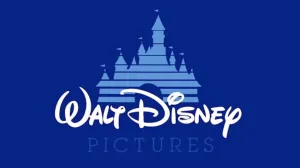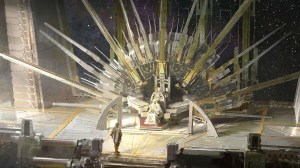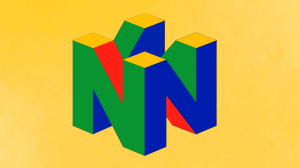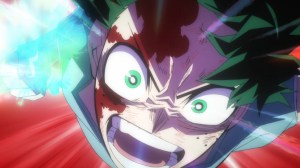Star Wars fans are looking forward to catching up with their favorite Jedi-in-exile in next week’s two-part premiere of , which also brings Obi-Wan face to face, or blade to blade, with his former apprentice. But before that, those fans may want to check out Star Wars: Brotherhood. Set shortly after Attack of the Clones but before the stories told in Star Wars: The Clone Wars, the book finally reveals what “that business on Cato Nemodia” was all about. In the process, it also reveals a missing chapter in Obi-Wan and Anakin’s relationship that helps tie together both of their arcs, spanning The Phantom Menace through Revenge of the Sith. We’re going to be discussing one of those crucial beats here. Be warned that some SPOILERS for Brotherhood will follow.
Videos by ComicBook.com
Many fans credit Star Wars: The Clone Wars with fleshing out Anakin Skywalker and turning him into a much more likable and sympathetic character than George Lucas’ prequel trilogy found the time to do. In the movies, Anakin goes from being a child in The Phantom Menace to an impetuous teen Padawan in Attack of the Clones. By the time fans see him again in Revenge of the Sith, he’s already spent his entire adult life fighting a war and being groomed by Palpatine to become his new Sith apprentice, leaving Anakin teetering on the edge of darkness.
The Clone Wars offered another side of Anakin Skywalker, presenting him as a fully-formed Jedi Knight. In The Clone Wars, Anakin proved wise enough to teach a Padawan and brave, capable, loyal, and confident in ways that justify Obi-Wan calling him “a cunning warrior” and ” a good friend” in A New Hope and his brother in Revenge of the Sith. But how did the Anakin Skywalker of Attack of the Clones, who simmered with rage and seemed to view Obi-Wan more as a rival than a brother, become Anakin Skywalker, hero of The Clone Wars?
It starts with his promotion to Jedi Knight, a moment that has, until now, gone overlooked in the Star Wars canon. (Genndy Tartakovsky’s Star Wars: Clone Wars series previously depicted the moment, and while that series is not canon, it still can and should be seen on Disney+.) Star Wars: Brotherhood shows that a class of Jedi Padawans quickly became Jedi Knights to help shore up Republic forces during the early days of the Clone Wars, Anakin among them. Once Obi-Wan was no longer Anakin’s master, and the two had some time apart, their relationship’s chemistry changed. It all comes into focus in a single passage from Chen’s novel as Anakin bids Obi-Wan farewell before they depart for separate missions:
“Hey,” Anakin said, palms up for emphasis, “you know me.” Several months ago, those few words might have come with resentment or defiance. But here, a cheekiness came through, and the look in Anakin’s eye lacked the usual judgment of the past, and instead arrived with a hint of amusement.
It’s easy to gloss over, but this short exchange, as described from Obi-Wan’s perspective, shows a transformation in Anakin. At this moment, Anakin goes from the Padawan who sounds like he wants to murder his master in his sleep to the brother-in-arms who will playfully attempt to one-up his former master while never leaving a doubt that he’d lay down his life to defend him. As a reader immersed in the narrative, one can almost hear Hayden Christensen’s youthful angstiness giving way to Matt Lanter’s more cheerful voice acting performance.
We don’t want to give away too much more of what transpires in Star Wars: Brotherhood because anyone who has appreciated Anakin and Obi-Wan’s ill-fated partnership owes it to themselves to give this book a read. However, we will say that this moment, as vital as it is, is only the beginning of how Brotherhood reframes the duo’s relationship. The novel goes on to reveal how freshly-minted Jedi Knight Anakin proved surprisingly adept at guiding younglings, foreshadowing his eventual taking of a Padawan and making the most tragic moment of Revenge of the Sith that much more heartbreaking. And while the final season of The Clone Wars confirmed that Obi-Wan knew about Anakin and Padme’s relationship, if any fan still wonders for how long, Brotherhood has your answer. It also explains how the lingering shadow of Qui-Gon Jinn, not to mention Obi-Wan’s romantic dalliance with a particular Mandalorian leader during his youth, convinced Obi-Wan not to bring the matter to the Jedi Council’s attention. Add in Obi-Wan and Anakin’s first meeting with Asajj Ventress, and Star Wars: Brotherhood proves an excellent prologue to Star Wars: The Clone Wars and a fun new chapter in the Star Wars prequel era. Any fan should give it a read.
Star Wars: Brotherhood is on sale now.








